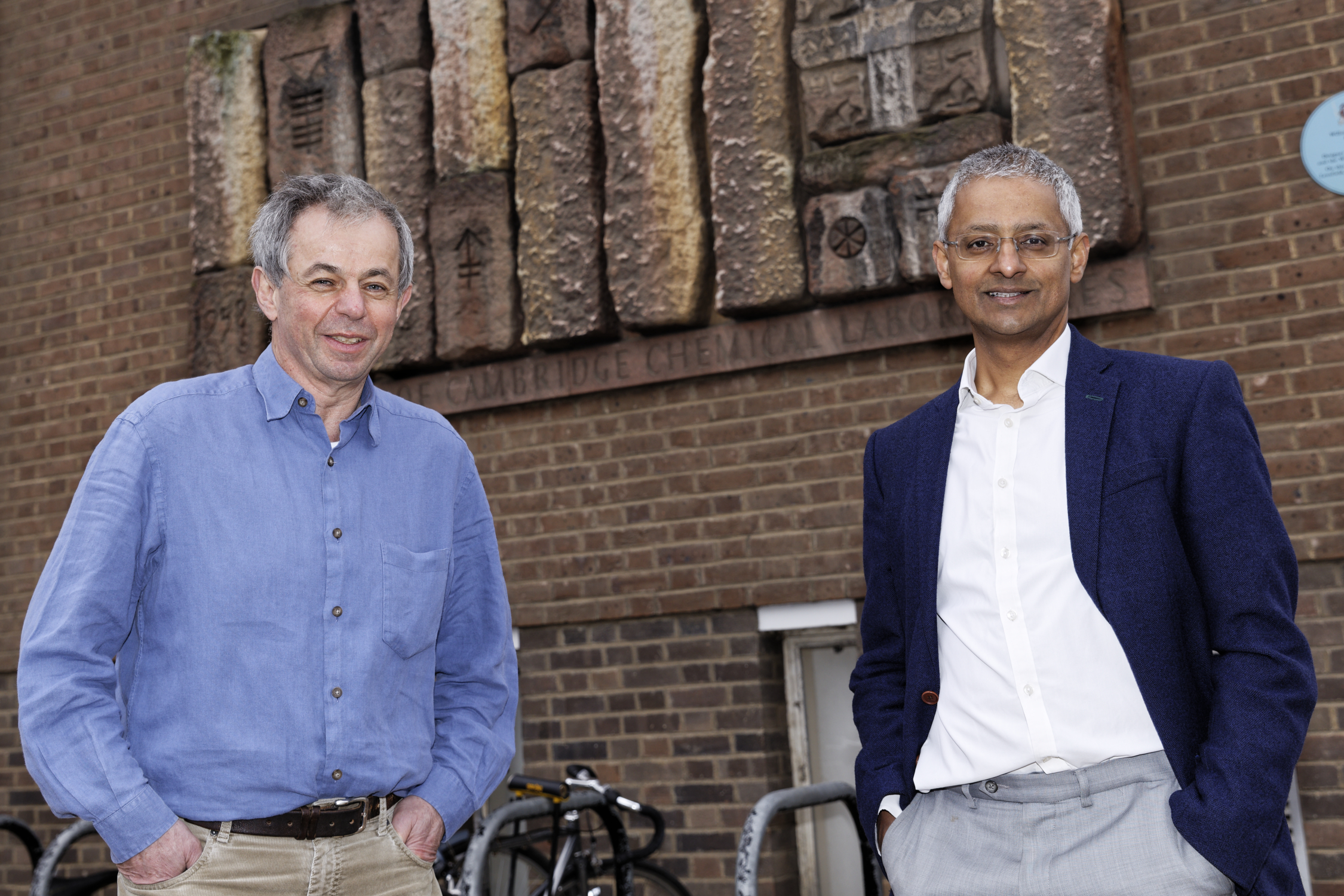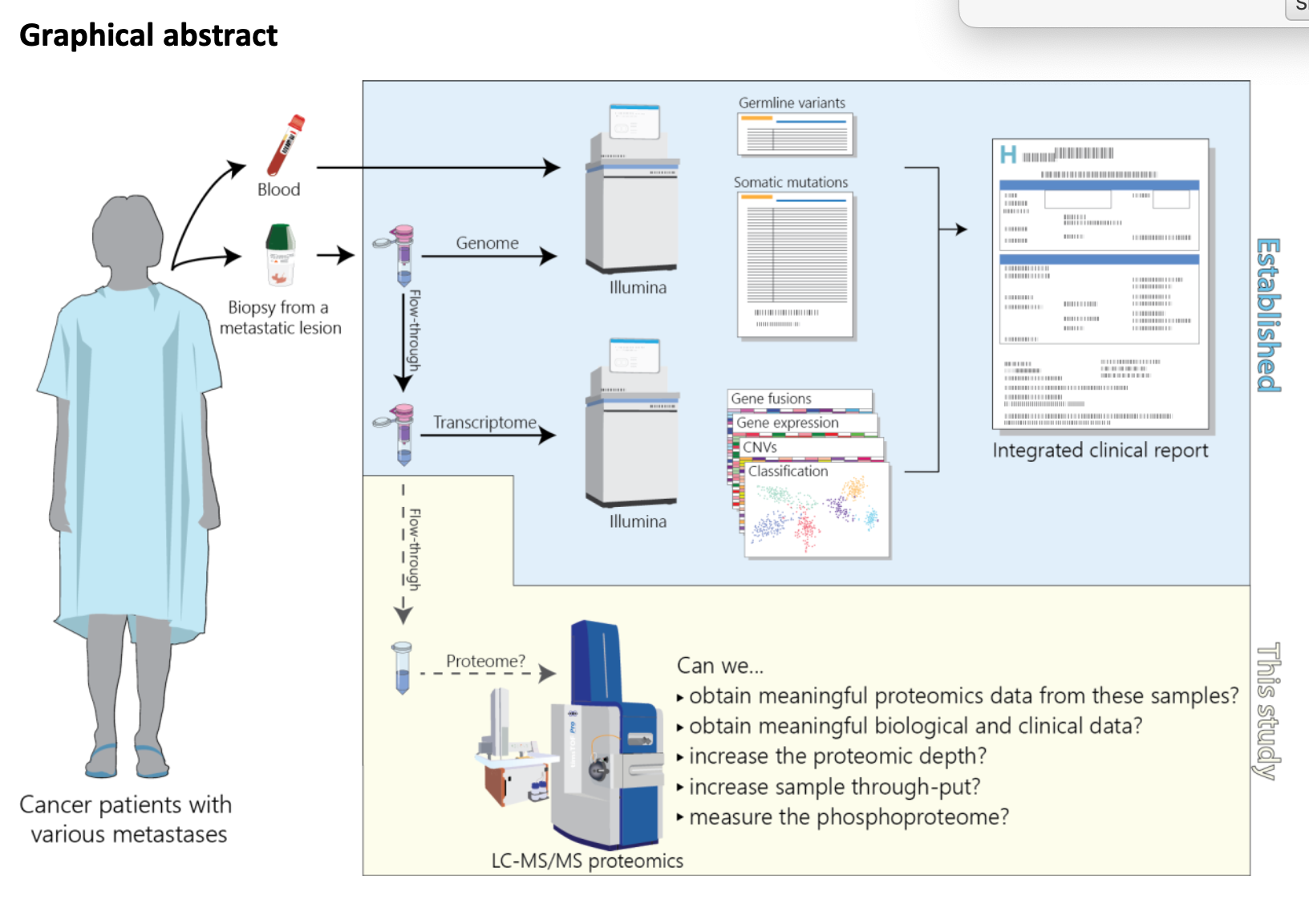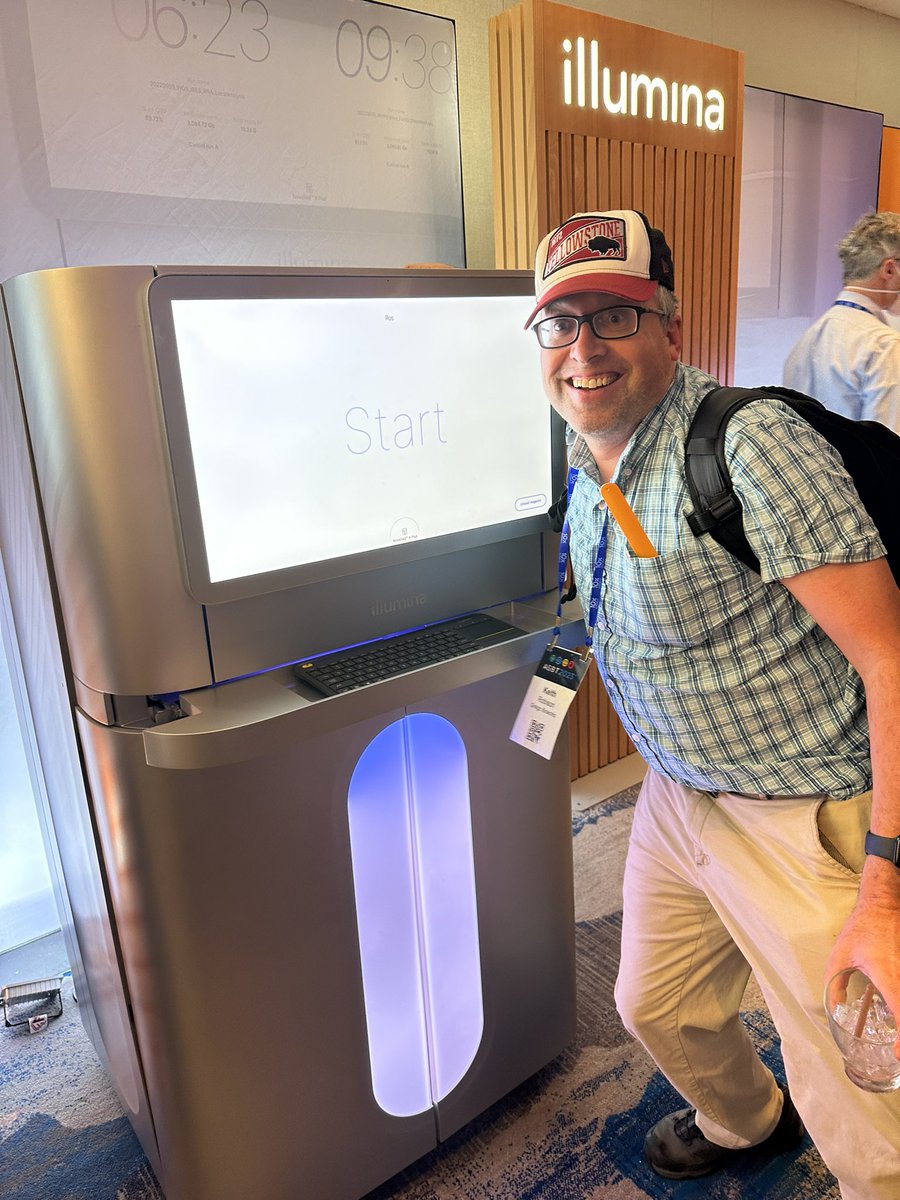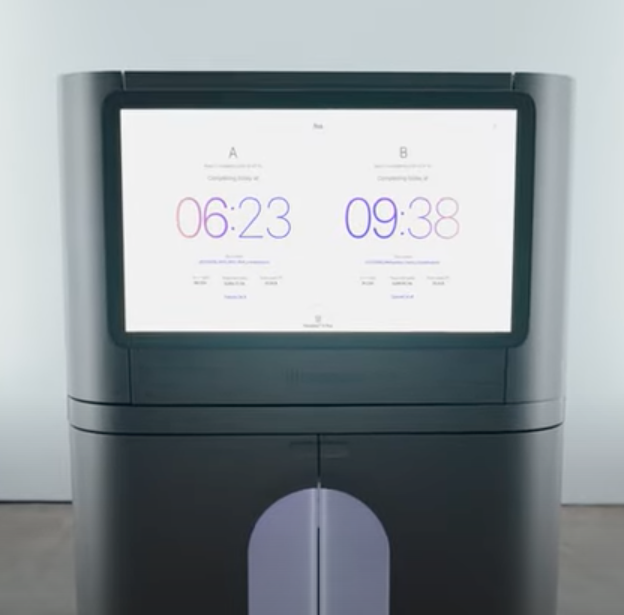One of the things I most like about my job is being allowed to think. NGS has provided a very fertile ground for innovation and lots of novel ideas have become products we use regularly today. It is sometimes to easy to forget that any of us can have ideas that are just as good. The missing bit is usually the drive to try and commercialise or patent the idea.
I’ve tried several times with many ideas but have not been successful yet. In this post I will describe one idea I was sure was going to be the winning one, although in the end someone else had beaten me to it (gues who).
The problem: Illumina NGS systems require very careful quantification of the final sequencing library to generate cluster densities that give the highest yield from a flowcell. Getting QT wrong means over-or under clustering both of which lead to a drop in yield. And over-clustering can mean zero yield or lower quality data. Illumina recommends qPCR (although the method suggested has a few flaws) and many labs have had success wth qPCR, Bioanalyser, QuBit and other QT methods.
 |
| Standard Illumina clustering |
But wouldn’t it be nice if we could just put an unquantified library into a flowcell and always get the correct cluster density? I thought so and came up with a method to do just that.
 |
| Seed-oligo clustering idea |
Who got there first: Unfortunately when searching through patents to see if anyone else had a similar idea we found this patent US20090226975 by Illumina. They describe a similar method with a clever use of a hairpin oligo so the blocking is removed enzymatically. Fundamentally the same outcome is achievable and quantification can be considered a thing of the past.
 |
| US20090226975 figure 3 |
Why are we all running lots of qPCR: I don’t understand why this has not made it out into the current generation of kits. All the users I talk to agree that removing quantification would be a good thing. Even if it is done perfectly it still takes an hour to do so time can be saved.
Come on Illumina, where is it?
Hopefully reading this has spurred you on to move ahead with the good idea you had a couple of months ago and left on the “back burner”. I’ll follow this post with another one about a completely different idea that is about to be realised by Life Technologies instead!
Ho hum, spending my millions will just have to wait!








Perhaps they're going to stick with the NexteraXT-type system of library normalisation using binding to limited concentrations magnetic beads. It's not as elegant a system, and it may not work as well in terms of cluster spacing (c.f. cluster number – although I'm not sure either system would do that much differently), but it's certainly easier for Illumina to implement since it doesn't require any flowcell manufacturing changes… just a few extra tubes in the box.
Yes I think this will be added to every TruSeq kit over the next year. However it means throwing most of your library down the sink. The method suggested by me (or Illumina in their patent) potentially allows very low input libraries to be added to the flowcell with no amplification or quantification and that would be pretty cool!